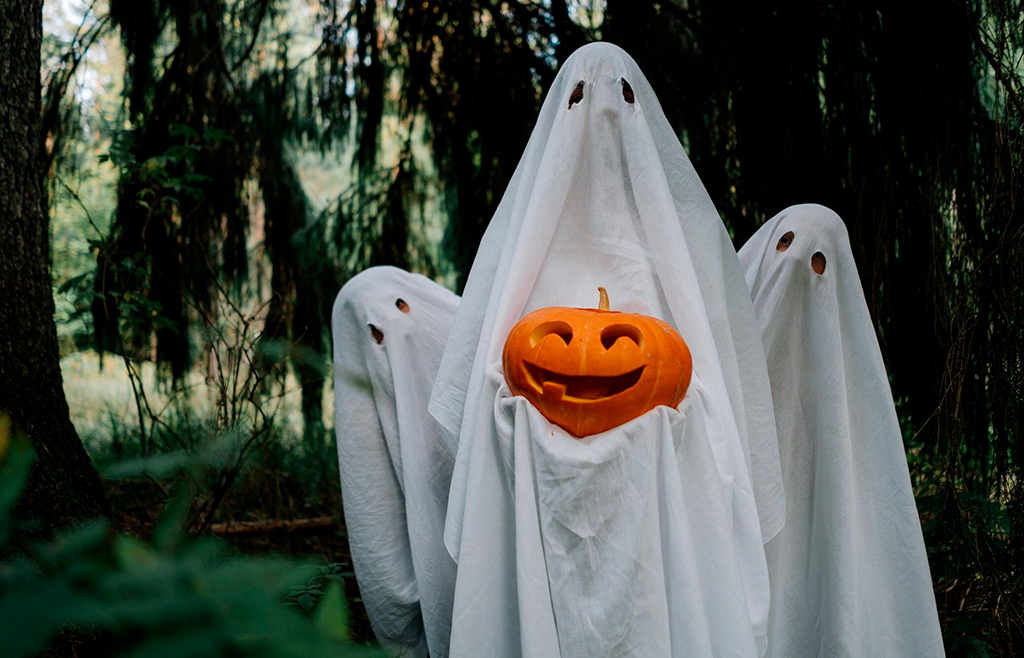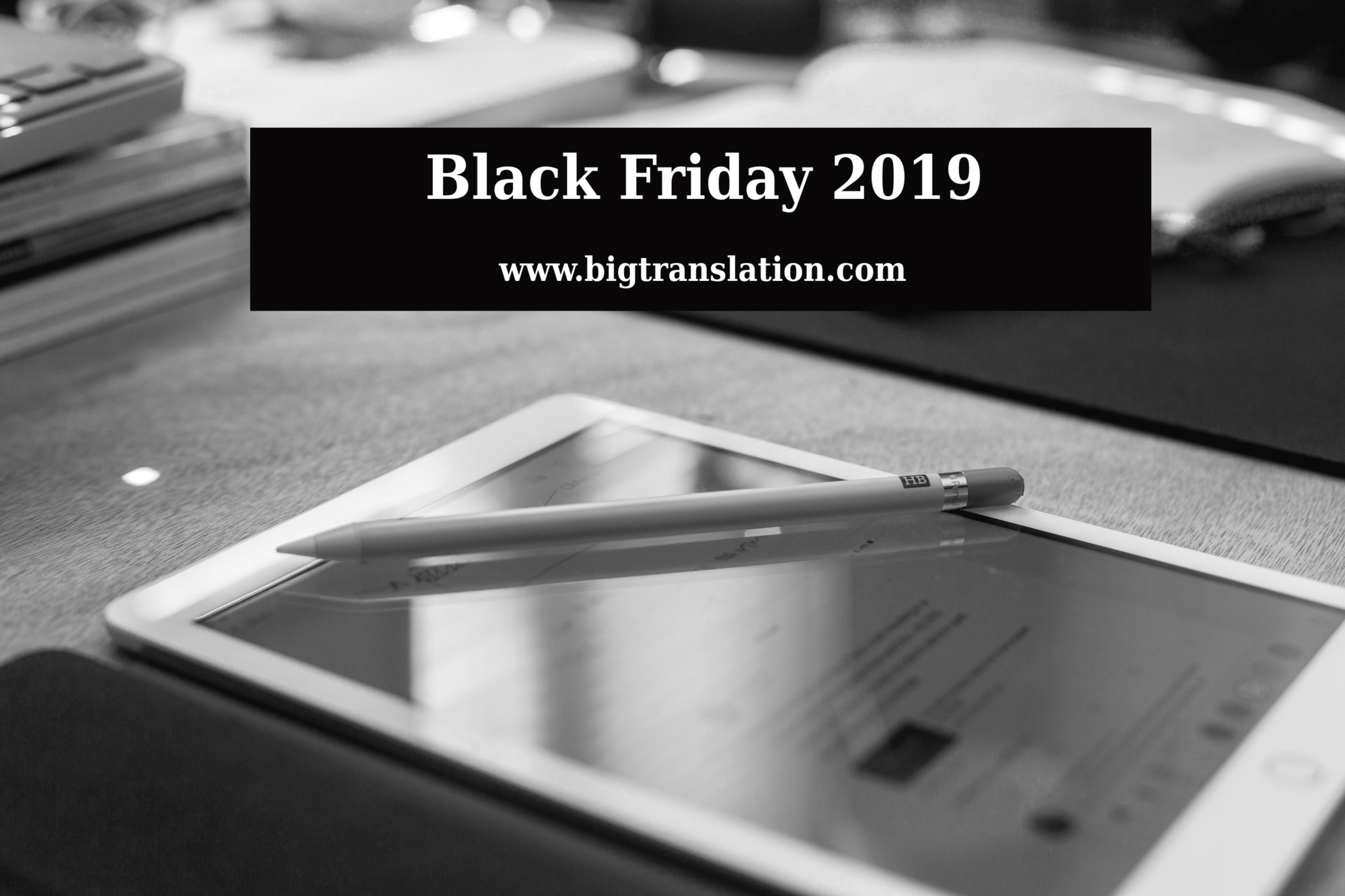This is the most frightening time of year. Almost one month before the most important date for e-commerce, Halloween floods social networks, shops and apps.
Halloween has become a celebration which is taken advantage of by all brands and businesses, from restaurants, events and accommodation to textiles. After a year in which sales fell drastically in areas such as buying fancy dress or hotel bookings due to the effects of the pandemic, this well-known festival is finally being celebrated abroad again.
In 2018, in the United States, which is the main market for this event, there was an estimated retail spending of up to 9000 dollars. The total estimated turnover according to the NRF (National Retail Federation) was 2275 million dollars.
But how exactly does Halloween affect an e-commerce?
Without doubt, one of the largest mechanisms that continues to advertise and intensify this festival each year are social networks. Pinterest is at the top as the main resource for inspiration for online purchases, followed by Facebook and YouTube.
In light of this trend for searching for Halloween content and of the creators themselves feeding this trend, it is no surprise that the e-commerce sector joins in by offering discounts, vouchers or certain advantages, such as free shipping.
In 2020, the websites with the most traffic that beguiled users were blogs, websites with vouchers and discounts, and dropshipping. This year, growth is expected in sales of costumes, decorations and bookings for events and hospitality, due to the reduction in the spread of COVID.
If I don’t have a Halloween-centred catalogue, does that mean I can’t take part?
Not at all! Lots of brands take advantage of this time of year and the proximity of other important dates such as 11.11 or Black Friday to start warming up. You don’t need to be an e-commerce of fancy dress or decorations to make the most of this day.
Are you going to take advantage of this opportunity?



